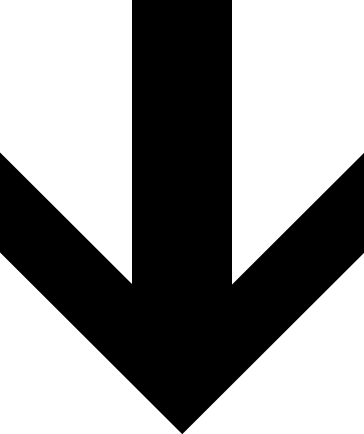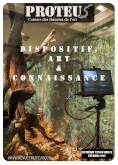Stratégies de dysfonctionnements dans les arts numériques. Biopolitique contemporaine et théories des appareils
Abstract
 Télécharger l’article
Télécharger l’article
Paru dans : Proteus no22

Tandis que de nombreux ouvrages retracent les opérations qui ont été nécessaires pour transformer le projet émancipateur originaire d’Internet en une structure globale d’aliénation, tout un pan de l’activité artistique s’attache aujourd’hui à rendre sensible le vrai visage du système technologique en mobilisant contre lui des aspects de son fonctionnement, établissant ainsi des formes critiques hors discours, indispensables aujourd’hui dans un espace d’opinion gangrené par la post-vérité. Dans cet article, certaines de ces œuvres sont passées en revue, en privilégiant la scène française, pour essayer de les inscrire dans un cadre d’intelligibilité construit à partir d’éléments conceptuels empruntés à doses variables aux pensées de Theodor W. Adorno, Gilbert Simondon, Vilém Flusser et Jean-Louis Déotte. Quelle lecture des arts numériques ces pensées peuvent-elles nous offrir ? Est-il envisageable, à partir de ces œuvres, d’établir une anatomie réaliste du numérique et d’Internet tels qu’ils existent aujourd’hui, c’est-à-dire constituant un puissant dispositif biopolitique ?
Mots-clés : Internet — Capitalisme de surveillance — Dispositif/Appareil — Art numérique — Algorithme
While several studies trace the operations that were needed to transform the Internet’s original emancipatory project into a global structure of alienation, many artists today are committed to revealing the true face of the digital realm by diverting its intended use and creatively exploiting its errors. As a result, new non-discursive critical expressions are crafted, which are crucial in an opinion space corroded by post-truth. In this article, some of these artworks are reviewed, with a focus on the French scene, in an attempt to integrate them within a framework of intelligibility constructed from the thoughts of Theodor W. Adorno, Gilbert Simondon, Vilém Flusser, and Jean-Louis Déotte. What interpretation of digital artistic creation can these approaches offer today? Is it possible, based on these artworks, to establish a realistic anatomy of the digital realm and the Internet as they are implemented today, as a powerful biopolitical infrastructure?
Keywords: Internet — Surveillance capitalism — Device/Apparatus — Digital art — Algorithm








